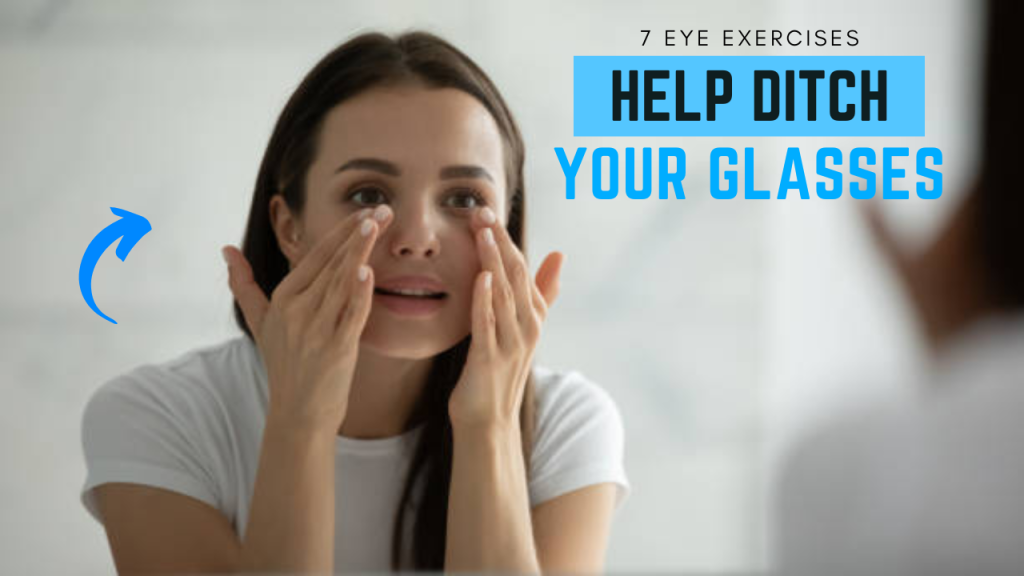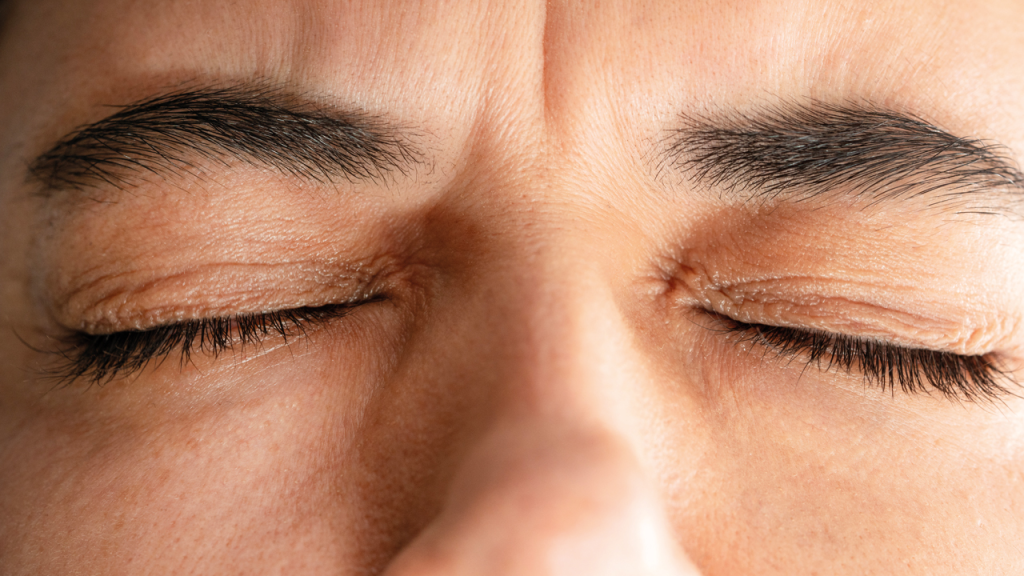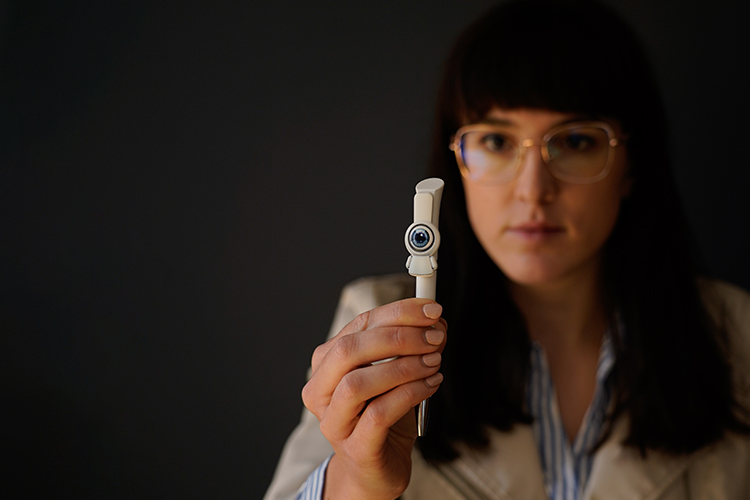Do you ever wonder if wearing glasses for life is truly your only option?
Imagine waking up one day and seeing the world clearly—without fumbling for your specs. While it might sound like a miracle, a growing number of people are turning to natural eye exercises to reduce dependence on glasses and improve their vision. These techniques aren’t magic—they’re rooted in science and practice.
In this article, you’ll discover 7 effective eye exercises that can help strengthen your eye muscles, enhance focus, and promote better eye health. While not a complete substitute for medical treatment or severe refractive errors, these exercises may offer meaningful improvement—especially if your vision issues stem from strain or poor eye habits.
Let’s explore how to help your eyes work for you, not against you.

First, Let’s Bust a Common Vision Myth
Myth: “Wearing glasses weakens your eyes.”
Fact: Glasses don’t make your vision worse—they just correct it. However, over-reliance on corrective lenses may discourage you from engaging your eye muscles, leading to stiffness or fatigue. That’s why eye exercises can be a helpful complement, giving your muscles a workout instead of keeping them idle.
1. The 20-20-20 Rule – Relax and Reset

What it does: Reduces eye strain from digital screens.
Staring at screens for long hours causes digital eye fatigue. The 20-20-20 rule is simple but powerful:
Every 20 minutes, look at something 20 feet away for 20 seconds.
It helps your eyes shift focus and prevents overexertion. Set a timer if needed!
2. Focus Shifting – Train Your Eye Muscles

What it does: Improves focus flexibility and eye coordination.
Here’s how to do it:
- Hold your thumb about 10 inches from your face.
- Focus on it for 15 seconds.
- Now shift your gaze to something at least 10–20 feet away.
- Focus again for 15 seconds.
- Repeat 5 times.
Think of it as a mini workout for your eye lenses.
3. Figure Eight – Build Eye Flexibility

What it does: Enhances control of eye movements.
Imagine a giant “8” on the floor, about 10 feet in front of you.
Trace it slowly with your eyes—first clockwise, then counterclockwise—for 30 seconds each.
This helps improve tracking ability, which is crucial for activities like reading or sports.
4. Palming – Soothe Tired Eyes

What it does: Relieves stress and refreshes vision.
Do you know Tibetan monks use this ancient technique to relax the eyes?
- Rub your palms together to warm them.
- Gently place them over your closed eyes.
- Breathe deeply and hold for a minute or two.
This creates complete darkness and calm, helping your optic nerve unwind.
5. Near and Far Focusing – Sharpen Depth Perception

What it does: Trains your eyes to adjust quickly between different distances.
Try this:
- Sit or stand in a comfortable spot.
- Hold your finger a few inches in front of your eyes.
- Focus on it, then quickly switch your gaze to a distant object.
- Alternate between near and far focus 10–15 times.
This can improve your response time and reduce blur.
6. Blinking Exercise – Prevent Dryness & Fatigue

What it does: Moisturizes eyes and keeps them alert.
Did you know? People blink up to 66% less when using screens. Less blinking = dry, irritated eyes.
Try this:
- Every 4–5 minutes, consciously blink slowly for 10 seconds.
- Add a few rapid blinks to wake the muscles.
Blanching your blinking routine keeps your tear film healthy and your vision clear.
7. Pencil Push-Ups – Strengthen Convergence

What it does: Helps with near work like reading and reduces double vision.
How to do it:
- Hold a pencil at arm’s length, aligned with your nose.
- Focus on the tip as you bring it slowly toward your nose.
- Stop when it becomes double, then repeat.
This is especially helpful for people with convergence insufficiency—a common, underdiagnosed issue.
Bonus Tip: Eye Yoga – A Holistic Practice Worth Trying
Combining breathwork, movement, and focus, eye yoga is becoming popular among people who prefer a natural, wellness-based approach to vision care.
A quick routine might include:
- Eye circles (clockwise and counterclockwise)
- Vertical and horizontal gaze shifts
- Tratak (candle flame gazing)
Many practitioners report reduced strain, better sleep, and improved focus.
Did You Know?
Your eyes have over 2 million working parts.
They’re second only to your brain in complexity. No wonder they need regular “tune-ups”!
Can Eye Exercises Really Help You Ditch Your Glasses?
The answer depends on why you wear glasses. If you’re nearsighted or farsighted due to genetics or structural eye changes, exercises may not eliminate the need—but they can:
- Slow progression
- Improve eye function
- Reduce reliance
- Delay prescription upgrades
For those with functional vision issues like digital eye strain, fatigue, or mild focusing problems, regular practice might lead to noticeable improvements.
Final Thoughts
Vision care isn’t just about stronger lenses—it’s about stronger eyes. Integrating these simple, effective exercises into your daily routine might not just help reduce your dependency on glasses, but also protect your eyes for life.
Start small. Stay consistent. See results.
Your future self (and your eyes) will thank you.
Frequently Asked Questions (FAQs)
Do eye exercises really help with improving vision?
While eye exercises can’t replace corrective lenses or surgery, they can help with specific vision issues like eye strain, focusing problems, and blurry vision due to fatigue. Consistent eye exercises can help improve your ability to focus, ease the discomfort of digital eye strain, and reduce the risk of further strain from screen use.
How often should I do eye exercises?
For the best results, aim to perform eye exercises for 5 to 10 minutes, 2 to 3 times a day. It’s important to make eye exercises a regular part of your routine, especially if you spend extended hours on digital devices or do close-up tasks.
Can eye exercises help with digital eye strain?
Yes! Digital eye strain is common among people who spend a lot of time on screens. Eye exercises, such as the 20-20-20 rule (looking at something 20 feet away for 20 seconds every 20 minutes), can help relieve eye strain, reduce headaches, and improve overall comfort while using digital devices.
Are there specific exercises for improving eye coordination?
Yes, several exercises can help improve coordination between your eyes. For example, near-far focusing exercises involve focusing on an object close to you, then switching to one further away, which trains your eyes to work together and improves depth perception.
Can eye exercises help with lazy eye (amblyopia)?
Eye exercises may help strengthen the weaker eye in people with lazy eye, particularly if started early in childhood. However, more severe cases often require medical treatment or vision therapy under the guidance of an eye care professional.
Will eye exercises improve my ability to read without glasses?
Eye exercises may improve focusing abilities and reduce eye strain when reading, but they are not a substitute for corrective lenses. If you have a refractive error (such as nearsightedness, farsightedness, or astigmatism), glasses or contact lenses will still be necessary for clear vision.
Are eye exercises safe for everyone?
Yes, eye exercises are generally safe for most people, including children and seniors. However, if you have an underlying eye condition (like glaucoma, cataracts, or retinal disease), it’s important to consult with an eye care professional before starting any eye exercise routine.
Can eye exercises help prevent worsening vision with age?
While eye exercises can’t stop age-related vision decline, they can help maintain eye health, reduce strain, and prevent some common problems like presbyopia (difficulty focusing on close objects). Maintaining a good eye exercise routine can delay or ease the discomfort of age-related vision changes.
Are there any quick exercises I can do to relieve eye fatigue?
Yes! Simple exercises like rolling your eyes in circular motions or gently pressing the palms of your hands against your closed eyes for a few moments can provide immediate relief from fatigue and strain. These can be done anywhere, anytime, and are especially effective after long periods of screen time.





